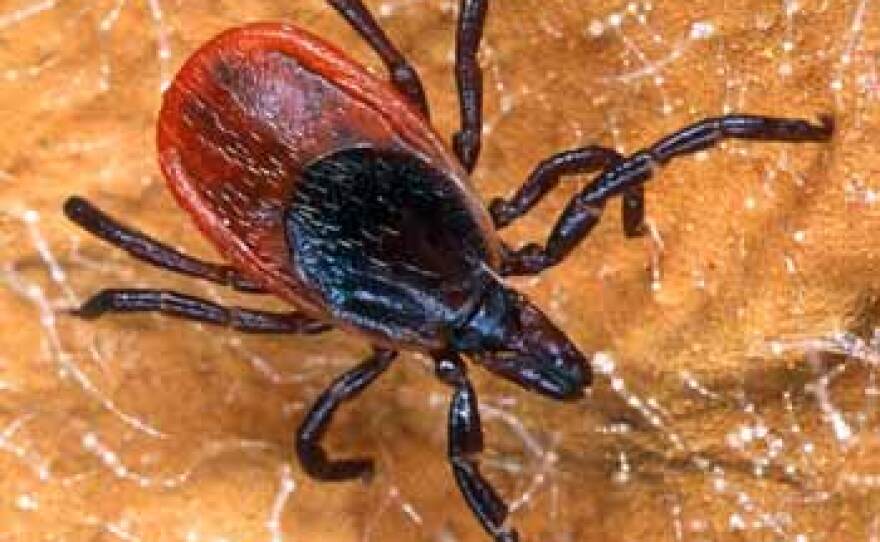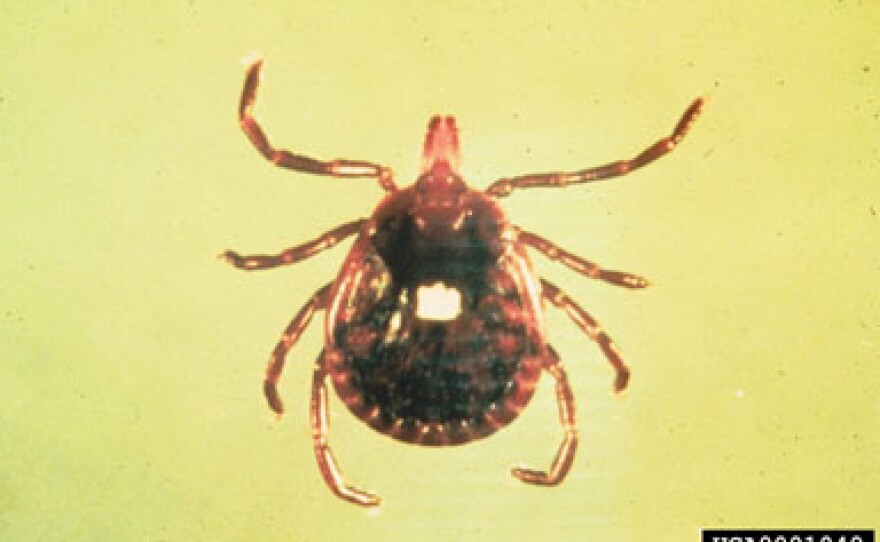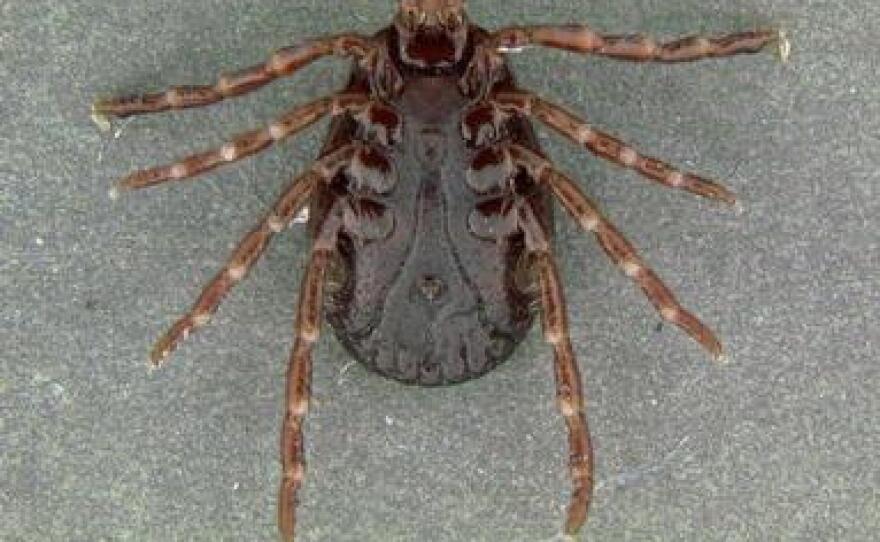There’s a guy at Michigan State University who people call when they find a tick on their child or their pet. Lately, he’s been getting a lot of calls.
Howard Russell is an entomologist at MSU.
“There are certain parts of the state that have had lots of ticks for a long time, the Upper Peninsula in particular. But I’m getting calls from people from areas that haven’t seen a lot of ticks, particularly the central Lower Peninsula, southeastern Lower Peninsula and the central part of the state.”
He says some people are finding ticks in their backyards.
“I had a call from somebody just last week from the southeastern part of the state who said he bought a new piece of property and he took his grandkids up there, and all of a sudden now he found ticks in his house, he found ticks in his car, he found ticks on the grandkids. Ten years ago, I never got calls from that part of the state complaining about ticks, but now it seems to be rather routine.”
He says it’s not clear why ticks are doing so well.
Russell says the tick species we’re the most likely to encounter in Michigan are the American dog tick, the lone star tick, and the blacklegged tick, also called the deer tick. That last one can be a problem – because the blacklegged tick carries Lyme disease.
“Certainly the tick is increasing. We’ve found the tick in Ionia County. There’s been a general increase in tick numbers along the coast of Lake Michigan, from Berrien County all the way up to Luddington. The tick is pretty common along the coast. We’ve also had blacklegged ticks – or deer ticks - in Genesee County. Last year, I found one on my dog. I live in Mason which is just south of Lansing, and I’d never heard of deer ticks around the Lansing area until last year, but they’re here.”
He says you can try to avoid tick areas, but...
“If you enjoy the outdoors at all, that’s pretty hard to do. I’ve had people call complaining they’d just put their kids or dogs out in the backyard, but that isn’t typical tick habitat. Ticks will normally occupy areas along game trails, brushy areas, where they’ll climb up and cloister, then as you brush by, they’ll climb on and start searching for a place to feed.
He says you can use tick repellants if you know you're going to be in a tick-infested area. Russell says DEET is an effective tick repellant, as are products containing permethrin.
In an article for MSU Extension, Russell writes:
Both Frontline Plus and K9 Advantix provide tick control for cats and dogs. Products containing permethrin, as well as other ingredients at higher concentrations and labeled “for dogs only,” should never be used on cats. Contact your vet for additional information.
Russell also recommends doing tick checks.
"Probably the best is if you’ve been outside in areas where ticks are known to occur, then certainly inspecting dogs, kids and yourself for ticks is probably a real good idea.”






